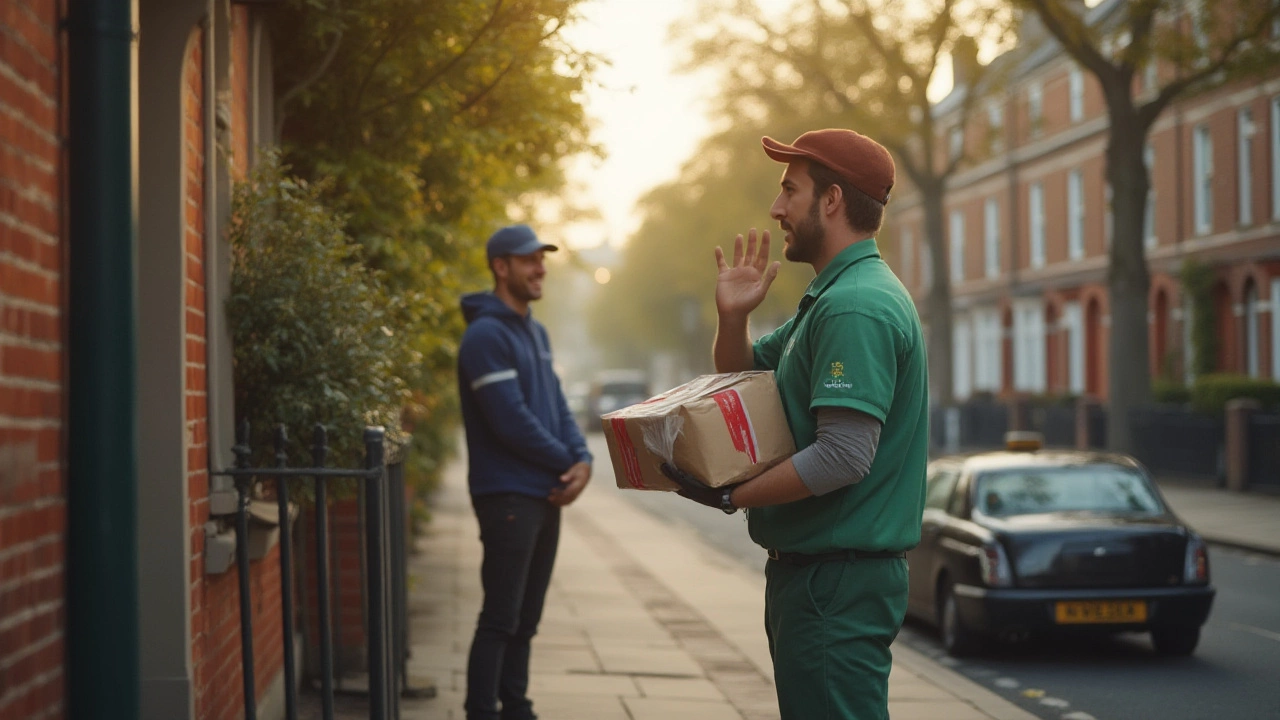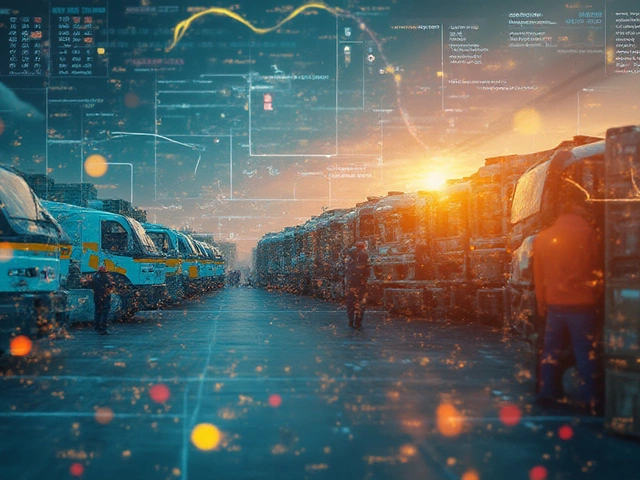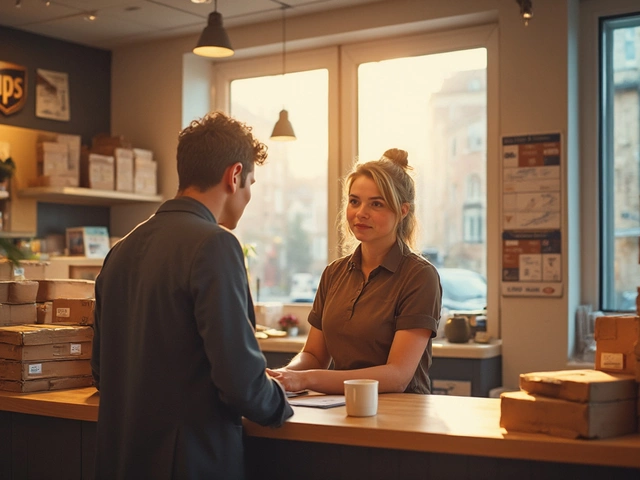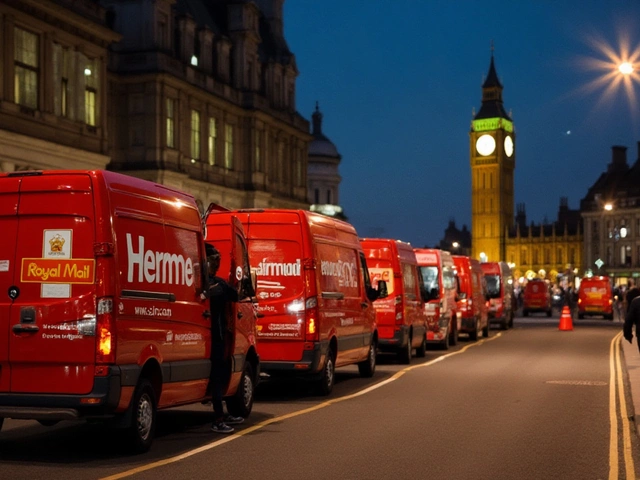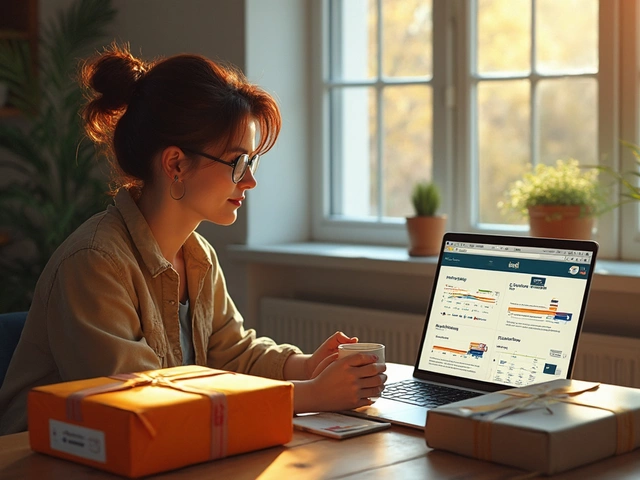Ever wondered why you can order a pizza and watch it crawl across a map to your house, but your new shoes vanish into a black hole before showing up at your door three days late? The answer sits smack dab in the chaos of what people call last mile delivery. This is the final sprint in the shipping relay—the part where your package moves from a local hub to your doorstep. Sounds simple. It isn’t. Trucks, scooters, bikes, and even drones slug through real neighborhoods facing gridlocked traffic, lost drivers, tiny elevators, barking dogs, and the world’s least helpful “Sorry We Missed You” notes. Solving last mile delivery isn’t just about speed. It’s about reliability, clarity, and trust. And the business that masters this awkward hand-off? They win the customer—sometimes forever.
Why Last Mile Delivery Is So Complicated
You would think after a package travels thousands of miles, the last few get handled with ease. Nope. That final stretch—the “last mile”—is predictable only in its unpredictability. Unlike everything before, it deals in dozens of fast-changing addresses, detours, and people.
Imagine a van packed with 150 boxes, each with its own urban adventure. One goes to a five-story walk-up in Queens, another to a cul-de-sac guarded by a cranky Pomeranian, another to an office where the receptionist left for lunch early. Deliveries happen during rush hour, in rain, snow, and sometimes in crowded apartment buildings where the door buzzer is politely ignored. According to the Capgemini Research Institute, the last mile is the most expensive stretch for retailers—eating up more than half the total delivery cost. Every late arrival, lost package, or failed attempt cranks up that cost. And with everyone expecting two-hour turnarounds, there’s no space for mistakes.
The demand for home delivery exploded with COVID-19, but as life spun back to normal, those habits didn’t fade. Companies now juggle groceries, medicine, electronics, even toilet paper showing up at strange hours. In cities, the traffic mess makes it worse. In rural areas, the distance and scattered addresses slow things further. Unsurprisingly, last mile delivery failure rates can hit as high as 15% depending on where you live and what you order. That doesn’t just annoy customers–it eats at margins fiercely. Then comes the issue of returns and failed drop-offs, which create what delivery nerds grimly call the “reverse last mile.” The returns problem is rising even faster than regular delivery demand. Every misstep chips away customer loyalty, and a single bad experience (think: missed birthday gift) is enough for many people to swap brands, for good.
There’s also the issue of trust. Who doesn’t have a story about a missing package or a box dumped out in the rain? According to a 2023 survey from Convey, 84% of online shoppers said being kept informed was crucial to their loyalty, even over fast delivery speeds. There’s pressure to not just get stuff there, but do it visibly, securely, and consistently. And that puts huge stress on the final leg of the journey.
Fine-Tuning Delivery: Tech and Human Smarts
Getting the last mile right means throwing both brains and gadgets at the problem. Old-school delivery maps have been zapped by smart routing. We’re not talking the paper Thomas Guides that used to drive my dad nuts, either. Modern logistics systems use real-time traffic feeds, order data, and even weather updates to chart the best path for every box in a van. This cuts delays and makes sure drivers aren’t looping back and forth across town. The right tech lets companies batch orders neatly together, so everybody gets their early-morning coffee pods on time.
There’s also the wonder of live parcel tracking. These little GPS blips have changed everything. Amazon’s “Track Package” map or UberEats’ animated icons are more than cute—they save everyone stress. You know when you need to be home, or when to run outside so your frozen fish sticks aren’t left to melt in 90-degree heat. Some companies use smart lockers—think of the lockers at 7-Elevens or Walgreens that buzz your phone when your item lands. These cut down on missed deliveries and keep packages safe from rain (or nosy neighbors). For buildings with security or front desk staff, delivery apps help coordinate drop-offs so no one’s stuck chasing a lost box around the block.
Big retailers and startups are testing drones and sidewalk robots. Amazon, Walmart, and Domino’s have all sent out mini-robots or flying gadgets in trial runs. They’re not everywhere yet—drones don’t love wind, and robots sometimes get stuck at curbs—but they show where the future’s headed for less urgent, small package deliveries. Still, it’s hard to replace skillful drivers who know which buildings have the busted buzzers or when a porch pirate might strike. Training, support, and fair wages can keep delivery drivers motivated to go the extra mile (yes, pun intended). One tip experts give companies: treat drivers as partners, not just hands on a steering wheel. Their eyes and local smarts are sometimes better than any map or app.
Payment and scheduling flexibility is gold. More customers now expect to pick when their package will arrive, including night or weekend windows. This sounds like a headache but actually helps, since it reduces missed deliveries. Plus, clear communication—with real-time text alerts or push notifications—lets people adjust on the fly. For example, when I know Tobias’s birthday gift is en route, I can bribe him with a snack indoors so he doesn’t see the oversized LEGO box getting wheeled to the door.
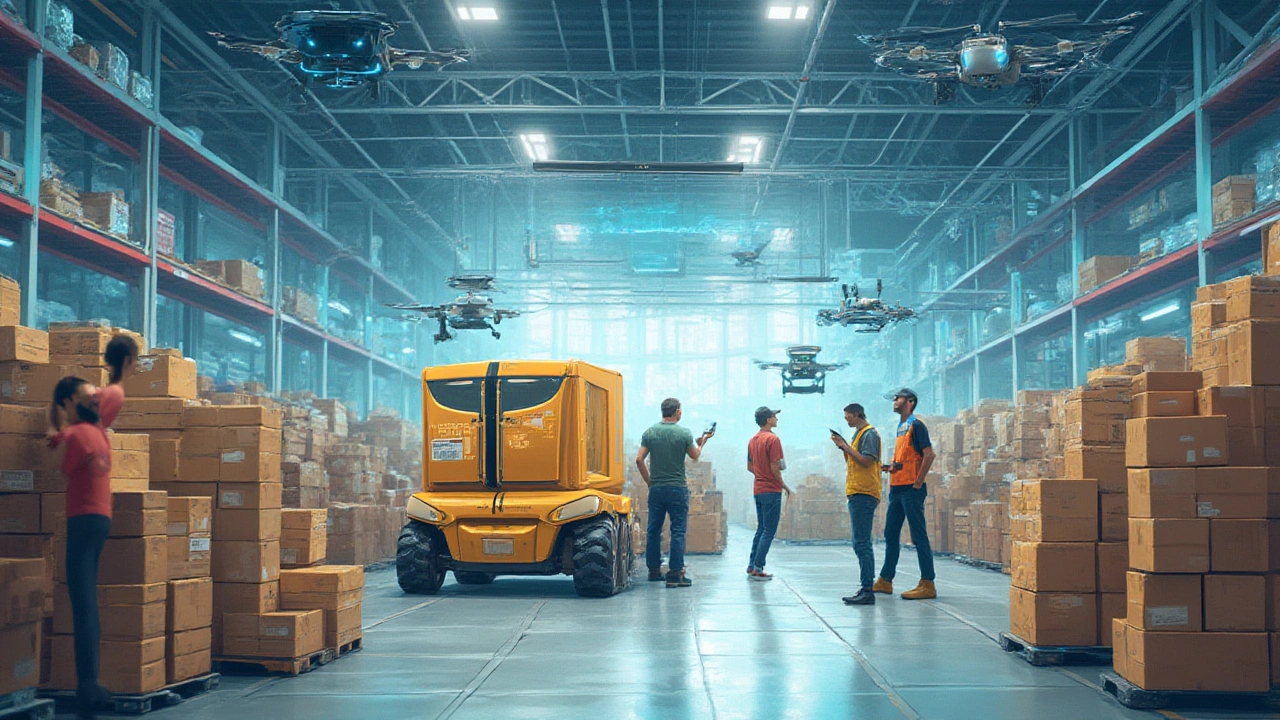
Handling Challenges and Messy Realities
No matter how many cool tools you throw at the last mile, real life still bites. Crowded cities make parking impossible, while suburbs can mean driving miles between stops. Theft happens—a 2023 SafeWise report said nearly 1 in 4 Americans has dealt with package theft, a number that keeps climbing.
Businesses get creative. One approach: delivery lockers in apartment lobbies or public spaces, so packages stay safe until pickup. Newer residential buildings even add package rooms with security cameras. Amazon, UPS, and FedEx invest in partnerships with supermarkets, convenience stores, and independent local shops to function as drop-off points. This streamlines some deliveries and means people without secure doorsteps or steady schedules have a safe way to get parcels.
But that only works if people know these services exist. Companies need to spread the word, not just bury pick-up options on the checkout page. Clearer communication—both before and after delivery—matters more than another technical feature. For especially valuable packages, delivery services may demand a signature or send a photo “proof of delivery” to customers. Though some customers worry about privacy, most seem to prefer knowing exactly where (and sometimes who) left their gear rather than wondering if a neighbor swiped it.
Seasonal spikes (think: back-to-school, Black Friday, Christmas, or the nightmare of Valentine’s Day flower delivery) put extra strain on systems. Planning ahead, companies ramp up fleets and open pop-up warehouses closer to busy areas. Even so, there’s no magic cure—some delays are inevitable. The trick is being honest and proactive about issues. A well-timed update or heads-up often cools tempers, even if a box is late. With the rise of gig economy drivers, businesses must also check background, train and support short-term hires. If not, risks stack up—like the viral stories floating around social media of undelivered packages tossed in bushes or creative porch hiding spots that fool no one.
On the sustainability side, last mile delivery attracts growing scrutiny. Gas-guzzling vans idling on every block? Not a favorite sight. Some companies now use e-bikes, electric vans, or even local walking couriers—especially for short routes. While these aren’t a fix for every area, they help cut emissions and reduce traffic snarl-ups, at least a bit.
Tips for Making Last Mile Delivery Work—For Everyone
Most people think last mile delivery is a “delivery company” problem. But it takes everyone—the businesses, the drivers, and even customers—to pull it off well. If you’re running a business, here’s what works (and what dozens of delivery pros say you shouldn’t skip):
- Offer clear delivery windows—and stick to them. If you slip, send a heads-up fast.
- Choose a reliable delivery partner. Don’t just look at price—check their local reputation and track record.
- Give customers live tracking. This is non-negotiable for most people under 40 now.
- Set up multiple delivery options: home, work, lockers, and local store pickup.
- Automate address verification. Every typo means delays or lost stuff.
- Let customers change delivery mid-route (for a fee, if you want), especially for high-value or perishable items.
- Train your drivers. Make sure they’re familiar with local neighborhoods and tricky addresses.
- Encourage customer feedback. Ratings, reviews, and even post-delivery photos help spot your blind spots.
- Plan for returns at the same level as deliveries. Easy returns keep angry customers from turning into ex-customers.
- Pay attention to packaging. Sturdy, weatherproof boxes (and maybe even discreet branding) mean less theft and breakage.
If you’re just waiting for a parcel—watch your tracking alerts. Use pick-up lockers if you don’t have a safe doorstep. And always double-check your address and delivery preferences before tapping “buy.”
What’s next for last mile delivery? Expect wild tech—think: more delivery robots, AI-powered route planners, maybe those drone fleets zooming over city skylines. But don’t forget: at its heart, this is still about getting stuff from person to person, as smoothly as possible. When your new phone charger lands safely and on time, or your dinner arrives piping hot, that’s the magic of the last mile—solved, for one more day.
